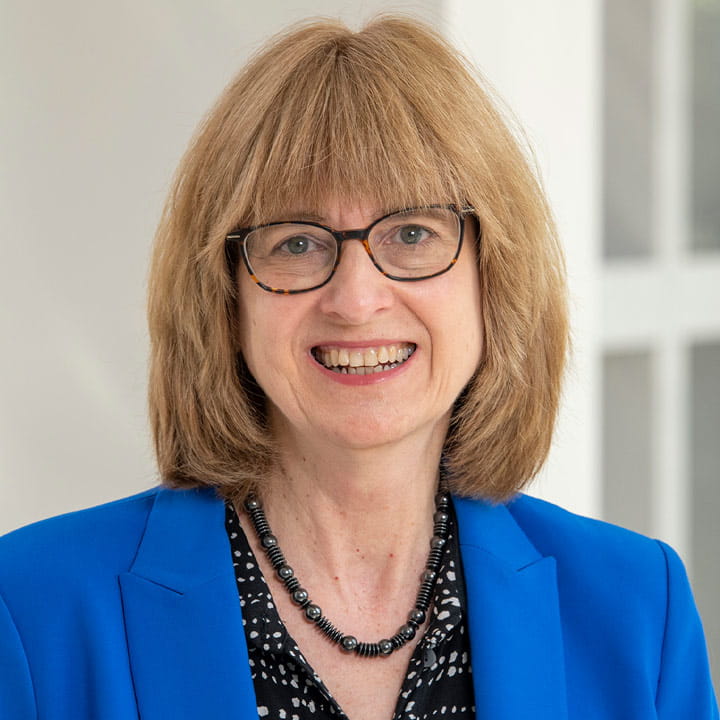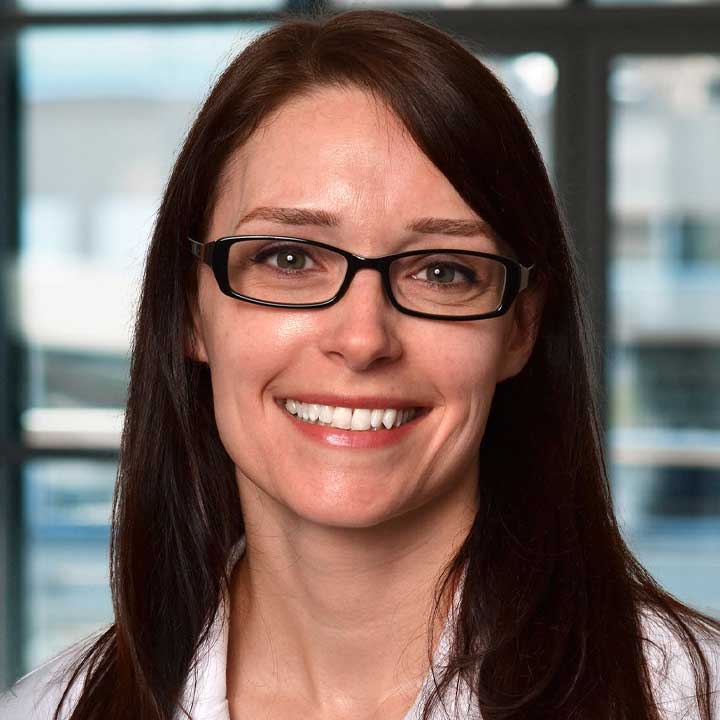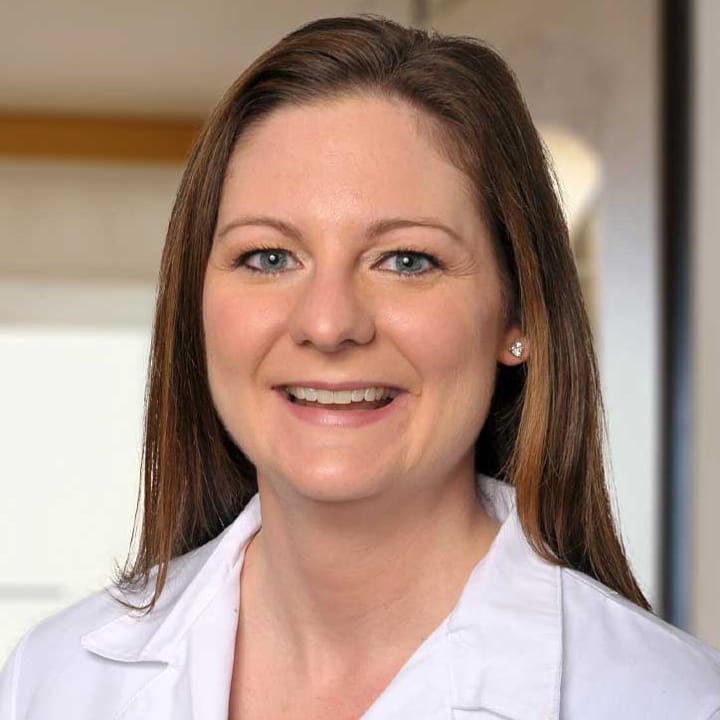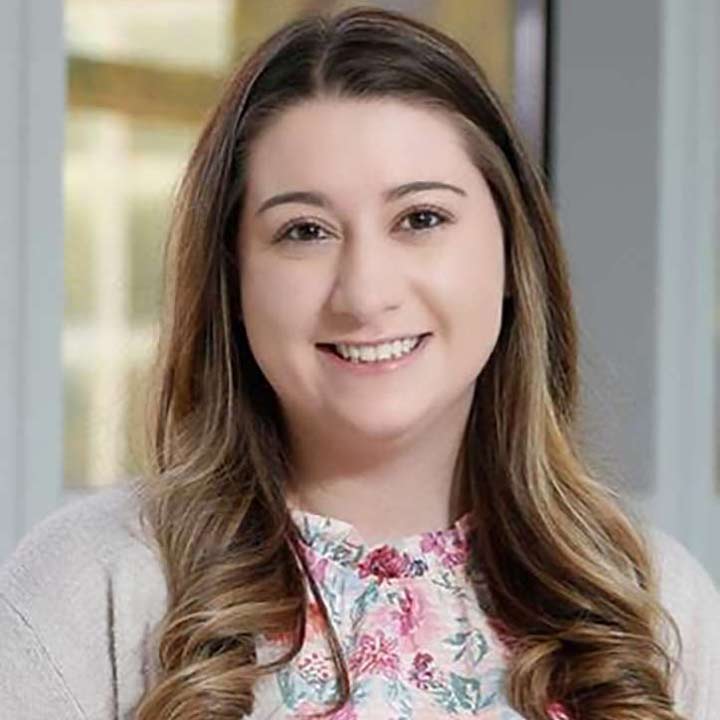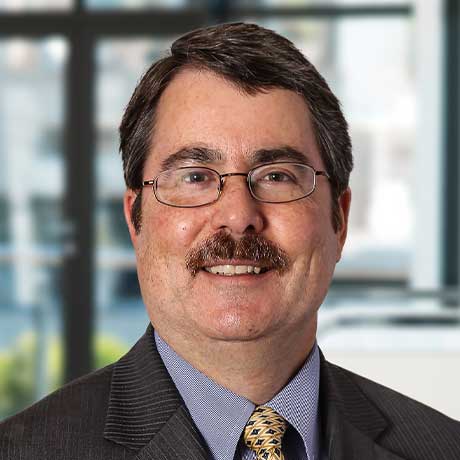
Doug Scharre, MD
- Director, Division of Cognitive and Memory Disorders
The Division of Cognitive Neurology is committed to conducting the highest-quality research and providing exceptional patient care to improve the diagnosis and treatment of dementia and related memory disorders. Our Memory Disorders Clinic receives more than 2,500 patient-visits each year, treating patients with such conditions as:
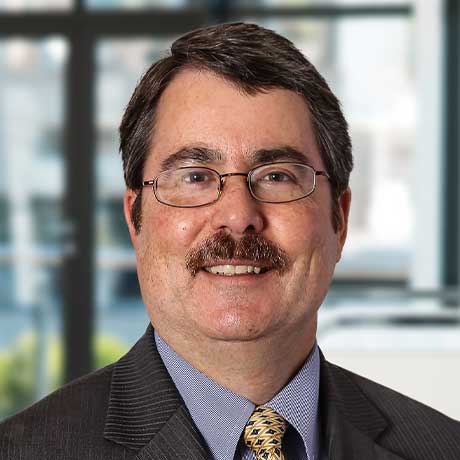 Welcome from Division Director,
Welcome from Division Director,Our goal is to provide the highest quality and most up-to-date care and treatments for our patients, and to conduct research to improve the diagnosis, treatment and eventual cure of Alzheimer’s disease, dementia and other related memory disorders. Since 1993 we’ve engaged in ground-breaking research in dementia and cognitive disorders using medications and devices including those targeting amyloid, tau, inflammation, synaptic damage and abnormal behaviors. We’re investigating issues related to health disparities and therapies focused on diet, exercise and cognitive activities.
Ohio State is the only university in the country to have both behavioral neurology and neuropsychiatry as well as geriatric neurology United Council for Neurologic Subspecialties-accredited fellowship programs to train the next generation of clinicians and cognitive neuroscientists. We value the contributions of every team member and foster a collaborative, cooperative working environment.
The Department of Neurology at the Ohio State University has a long history of a dedicated commitment to education. We have world-class faculty and staff, state-of-the-art amenities, and novel technologies, all of which enables trainees to gain experience in the management of complex pathologies and apply innovative and high-quality medical care for a diverse patient population. Learn more about our residency and fellowship programs.



